Myths about teaching can hold you back
- Year 3
Reviewing handwriting using another poem
I can correctly copy out a poem in cursive handwriting.
- Year 3
Reviewing handwriting using another poem
I can correctly copy out a poem in cursive handwriting.
These resources will be removed by end of Summer Term 2025.
Switch to our new teaching resources now - designed by teachers and leading subject experts, and tested in classrooms.
These resources were created for remote use during the pandemic and are not designed for classroom teaching.
Lesson details
Key learning points
- A kenning poem is a poem constructed using a series of kennings to describe a person, object, or concept.
- Each line of the poem starts on a new line and with a capital letter.
- After forming a capital letter, you need to lift your pencil to start the next part of the word.
- Each letter string contains different letter joins depending on which letters are in the word.
- You don't lift your pencil when forming the joins.
Keywords
Poem - a piece of writing that uses creative and rhythmic language to express thoughts, feelings or ideas, often with a specific structure or pattern
Kenning poem - a poem constructed using a series of kennings to describe a person, object, or concept
Join - how the letters are connected together
Letter string - a group of letters that are written together in a word
Common misconception
When copying a poem, children can forget where the new line is or where a capital letter is needed.
Model to the children that you must take time to review the poem first before copying it. Where are the new lines? Where are the capital letters? Is there any punctuation needed? This will help to prepare them for copying.
To help you plan your year 3 English lesson on: Reviewing handwriting using another poem, download all teaching resources for free and adapt to suit your pupils' needs...
To help you plan your year 3 English lesson on: Reviewing handwriting using another poem, download all teaching resources for free and adapt to suit your pupils' needs.
The starter quiz will activate and check your pupils' prior knowledge, with versions available both with and without answers in PDF format.
We use learning cycles to break down learning into key concepts or ideas linked to the learning outcome. Each learning cycle features explanations with checks for understanding and practice tasks with feedback. All of this is found in our slide decks, ready for you to download and edit. The practice tasks are also available as printable worksheets and some lessons have additional materials with extra material you might need for teaching the lesson.
The assessment exit quiz will test your pupils' understanding of the key learning points.
Our video is a tool for planning, showing how other teachers might teach the lesson, offering helpful tips, modelled explanations and inspiration for your own delivery in the classroom. Plus, you can set it as homework or revision for pupils and keep their learning on track by sharing an online pupil version of this lesson.
Explore more key stage 2 English lessons from the Building fluency in silent letters, homophones, and common exception words unit, dive into the full primary English curriculum, or learn more about lesson planning.

Content guidance
- Risk assessment required - physical activity
Supervision
Adult supervision required
Licence
Prior knowledge starter quiz
6 Questions
Q1.True or false. There are only two cursive letter joins.
Q2.Select the true statements relating to this image.
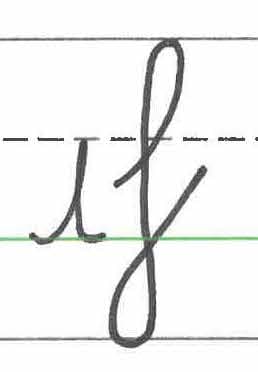
Q3.Select the true statements relating to this image.
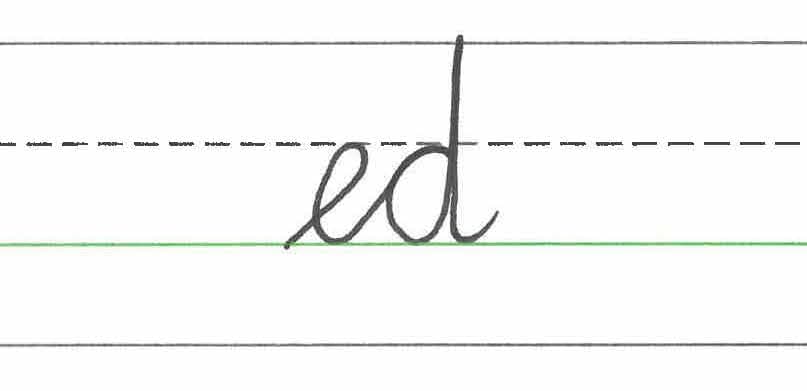
Q4.Select the correct formation and join for this letter string.
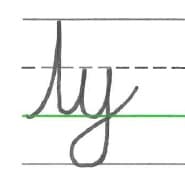
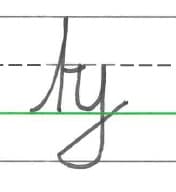
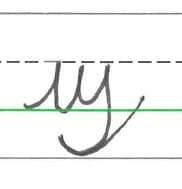
Q5.Select the correct formation and join sequence for this letter string.
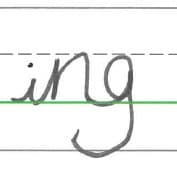
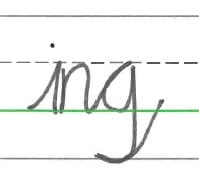
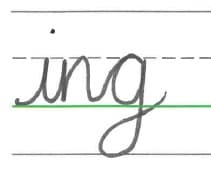
Q6.Which joins are used in this letter string?



